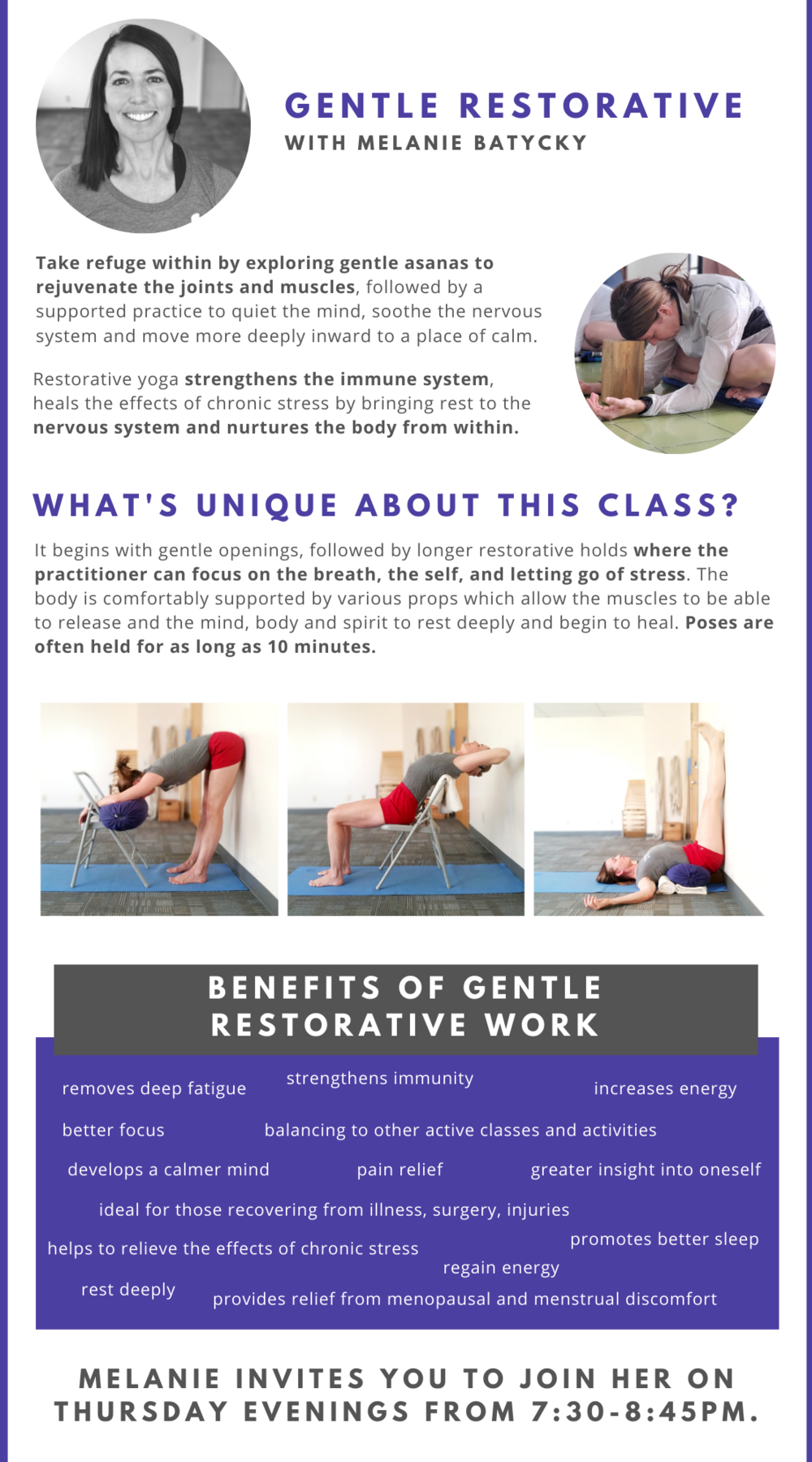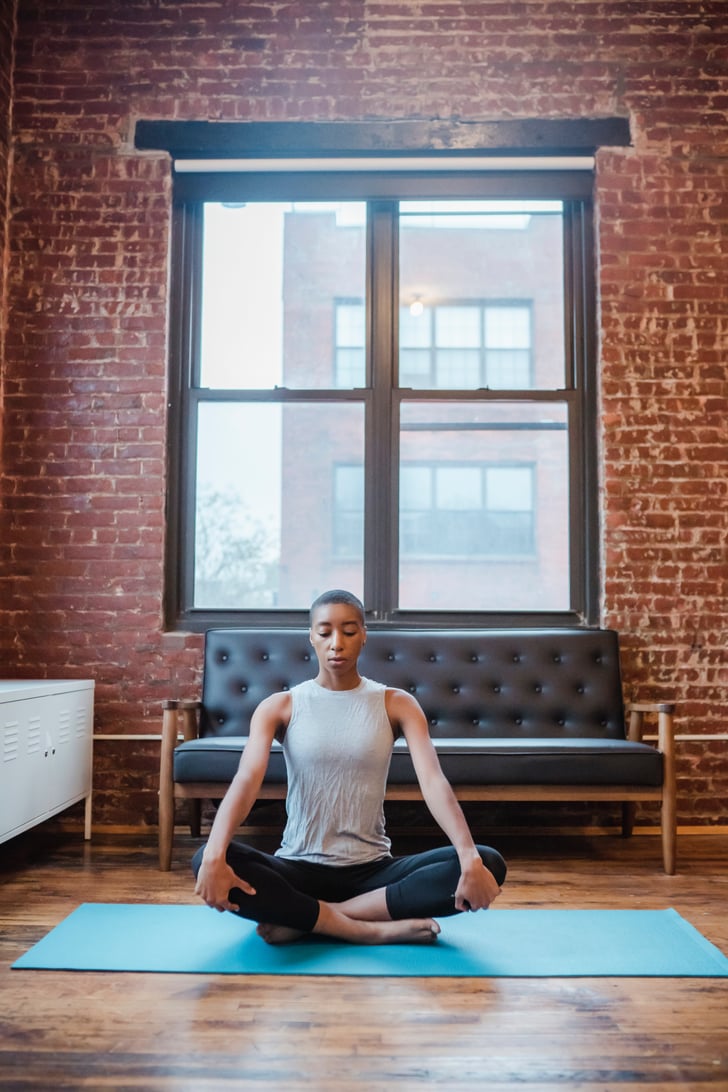
Children love to do yoga poses. This simple activity is great for all ages. You don't need to rent large spaces or buy expensive equipment to enjoy yoga. These are the top poses for children. This backbend is great for stretching the thighs and spine, and it's an excellent way to get your children moving and breathing. Your knees and ankles should be straight. Place your arms at your sides and place them on top of your chest.
Try putting your child in the child pose. This is the best pose for children who are constantly on the ground, so it's a great choice for young children. This pose is similar to a small bean, and requires a deep breath. This pose is great for children who spend too much time sitting. While performing this pose, have your child count to five. This will calm them down and allow them to relax.

The cow pose is a great option for children. It can be made more challenging by placing a blanket or pillow underneath their buttocks. This pose helps to calm the back and strengthen it. You could also try the "boat pose", which is a standing position on your buttocks that creates a "V" shape. You can have this as much fun rocking with your child. You can try this pose with your child.
Children's pose is a great recovery exercise. Deeply breathe in and cross your legs. Next, bend forward and rest your head on the forearms of your child. This pose will not last for the whole session. However, it will teach your child how to connect with their bodies. This will make you healthier. This exercise will also improve their coordination. They will appreciate the opportunity to relax. After you've mastered this pose, you can incorporate it into your daily life.
The butterfly pose is another great pose for kids. This pose is perfect for young children because it extends the legs and knees. This is a great way to calm your child's minds. While this may seem challenging, the butterfly pose is a great way to encourage your child to focus. You can calm your child down by using butterflies. They are also a relaxing and fun stretch. You can also do them standing up on the flooring.

A child's pose is a great way to get kids moving. The child should be able hold the pose for at least a few seconds and be able breathe normally. The child should feel comfortable in this pose. They should be capable of maintaining their balance by taking slow, steady breaths. If they are able learn to balance, they'll be more likely to remain in the pose longer. They will also be able to perform the basic moves on their own.
FAQ
What is the impact of mental health on our daily lives?
All people are affected by mental illness at some point in their lives. There is one major difference between people with mental illness and those without it: they don't seek out help. If you feel like something is wrong, talk to someone about it. There are many treatment options available for anxiety, depression and stress.
What affects my mental health on my relationships and friendships?
Your mental well-being has a direct impact on all aspects of your life. It can affect your ability and willingness to work at all levels. A mental illness can make it difficult for you to have meaningful relationships.
If you are dealing with a mental disorder, it can be easy to isolate yourself. You might avoid social situations or feel unworthy because no one understands.
It's important to remember, however, that people want to be with you. They just need the ability to approach you.
If you are having difficulty connecting with others, talk to them about it. Talk to them about your feelings and get their opinion.
Why is it important that students have a healthy mind?
Students need to feel good about their mental health in order to be able focus on school and succeed academically. If you don’t feel happy, you won’t do well in school. Students who suffer from depression often miss class, which leads to poor grades. This could result in students dropping out high school and possibly even college.
Parents and teachers should be consulted if you are suffering from depression. They can help get you the care you deserve.
It's important to note that not everyone who struggles with depression needs medication. Talk therapy is very effective for many people. So, if you're thinking about getting help, then you should consider seeing a counselor.
Statistics
- Appropriate nutrition and exercise are likely among the most efficacious and cost-effective positive mental health interventions. (ncbi.nlm.nih.gov)
- It does have some influence, but not nearly as much as we might think, so focusing less on attaining wealth will likely make you happier (Aknin, Norton, & Dunn, 2009); (positivepsychology.com)
- According to the National Alliance of Mental Illness (NAMI), one in five Americans experiences mental health issues which translates to more than 40 million adults a year. (doctorondemand.com)
- Neuropsychiatric diseases are the leading cause of death and disability in the U.S., accounting for 18.7 percent of all years of potential lifespan loss and premature mortality.
- In any given year, an estimated 18.1% (43.6 million) of U.S. adults ages 18 years or older suffered from any mental illness, and 4.2% (9.8 million) (healthypeople.gov)
External Links
How To
How to Care For Autism Children
Autism spectrum disorder (ASD), which is a neurodevelopmental disease, causes repetitive behaviors and social impairments. It affects 1 out of every 50 people worldwide; however, there is no cure for ASD.
The first signs typically appear around 18 months in infanthood. The most common symptoms include difficulties understanding other people's emotions, difficulty making eye contact, poor language development and difficulty learning new skills. These symptoms may lead to anxiety, aggression and depression as well as sleep problems.
There is currently no known cause for this disease, although researchers believe genetics play a role. ASD may be caused by factors like infection, stress, obesity, drugs, vaccines or alcohol. Some viruses such as rubella, measles and others may also increase the risk of developing ASD later.
Early intervention and diagnosis can improve outcomes. However, many parents struggle with their child’s behavior once they are in school. The severity of symptoms and the level of support required will impact the options for treatment. Research shows that therapy focused on improving social interaction and decreasing problem behavior can make a significant difference.